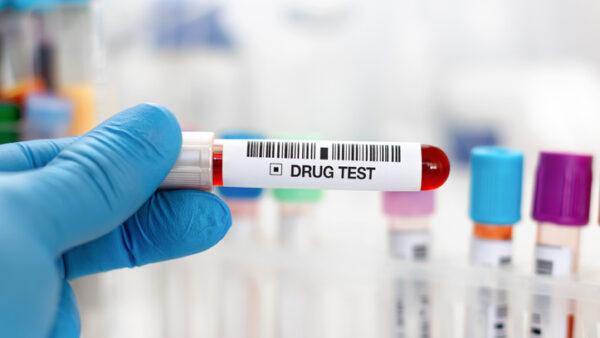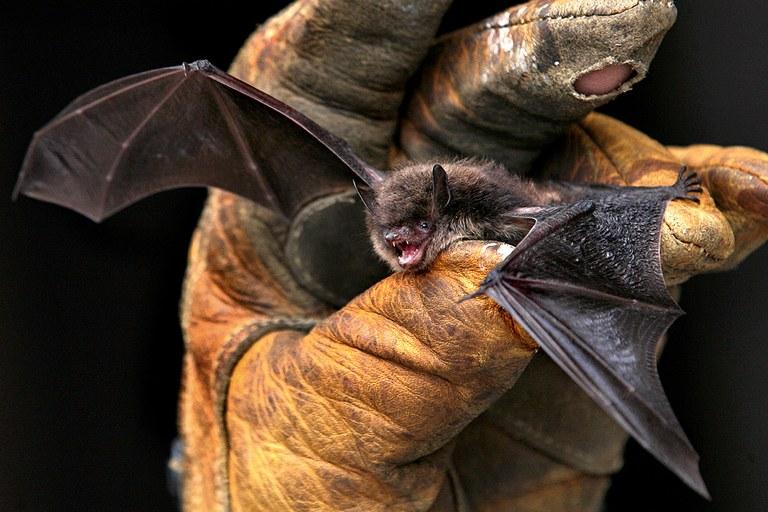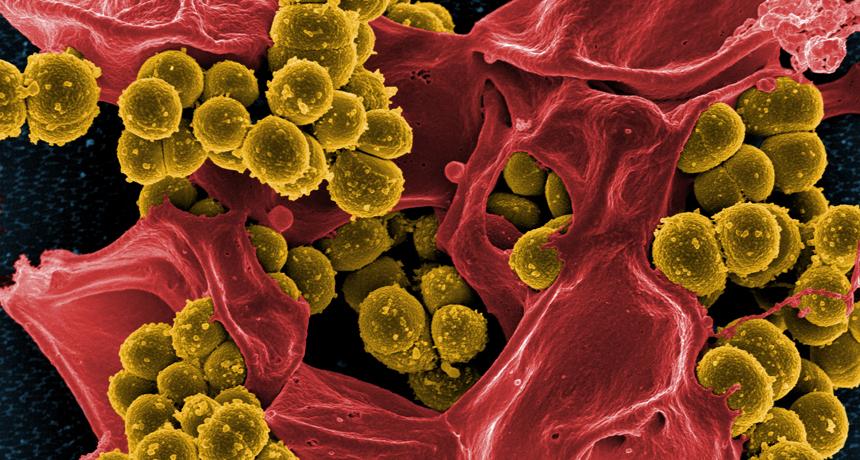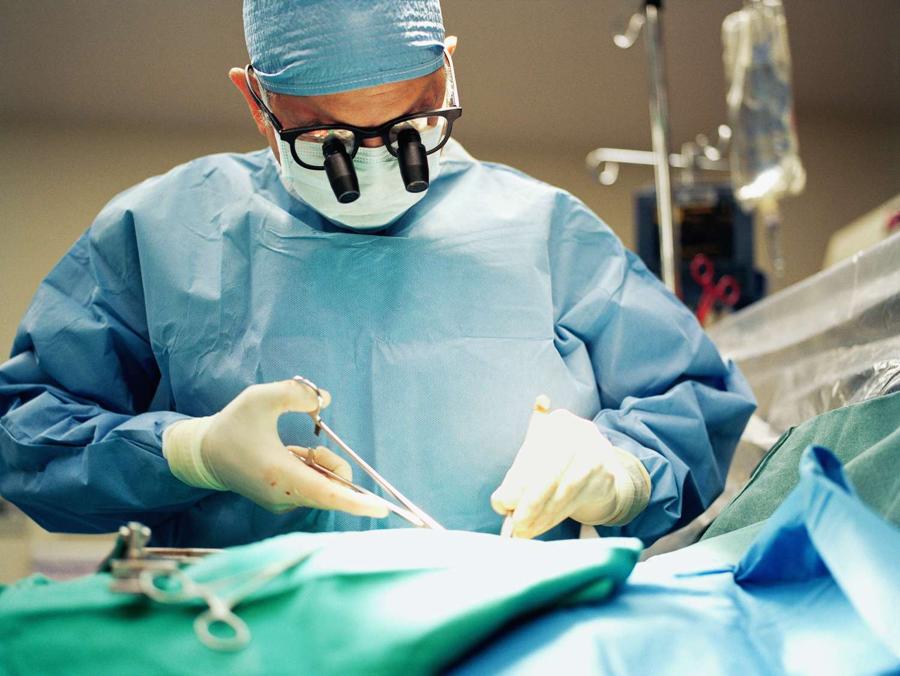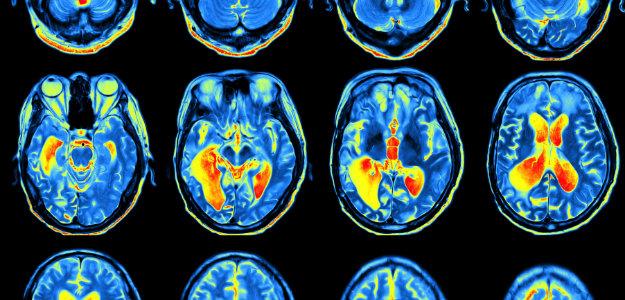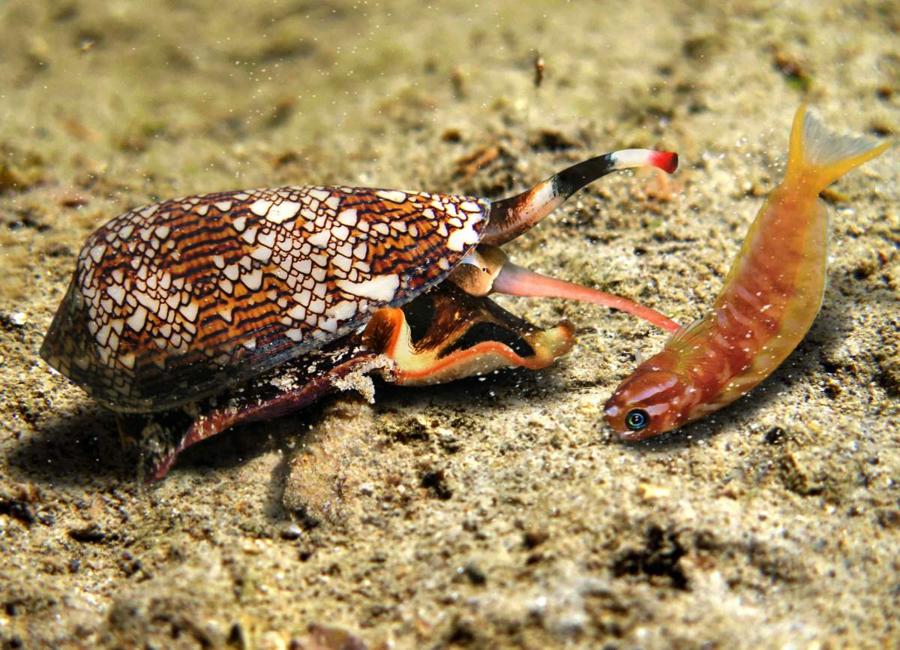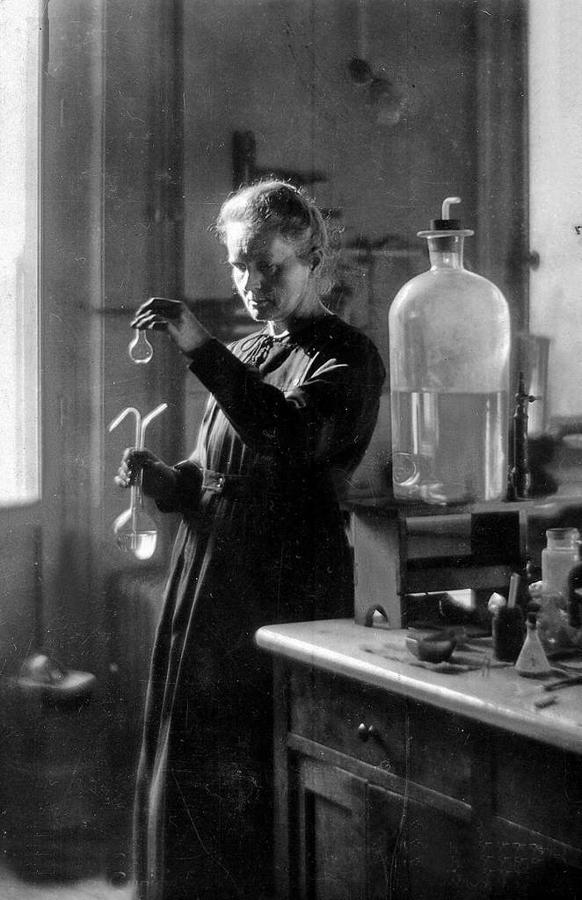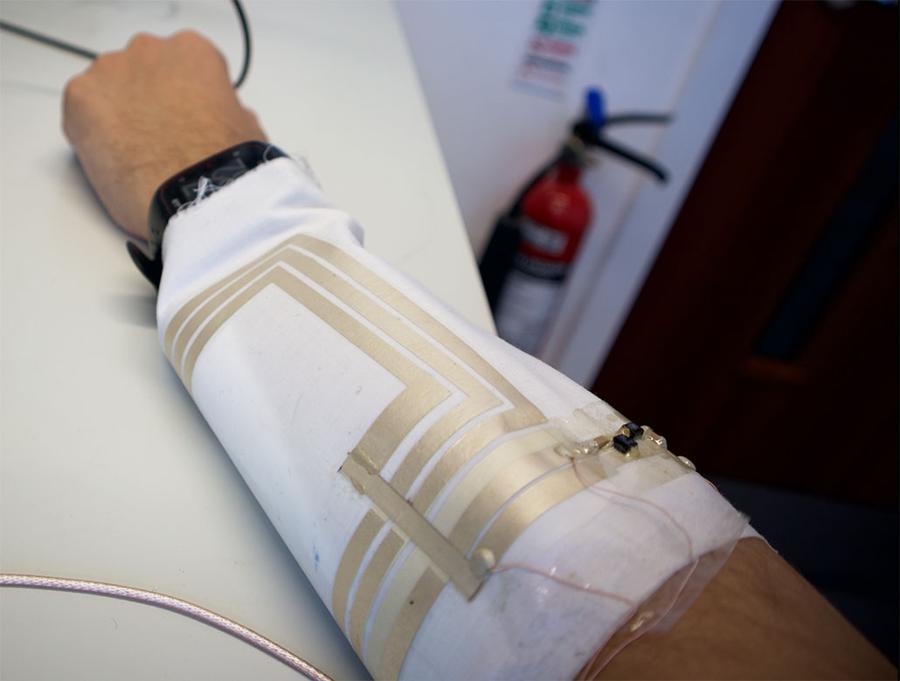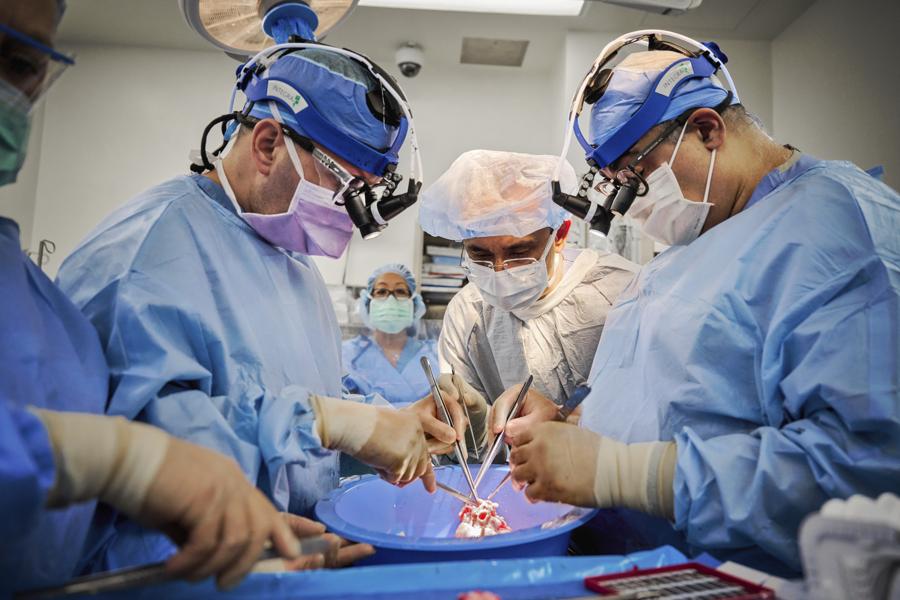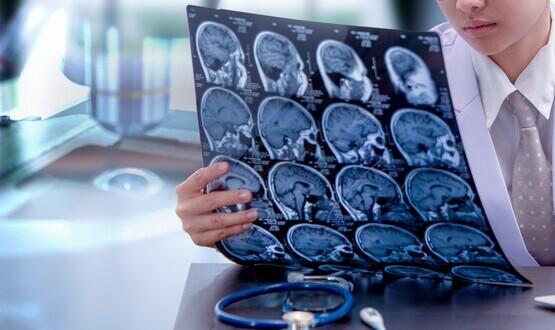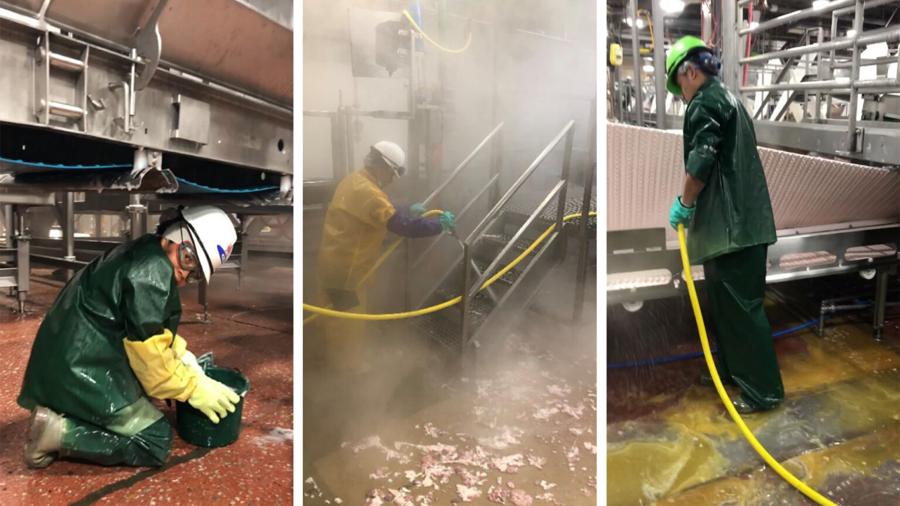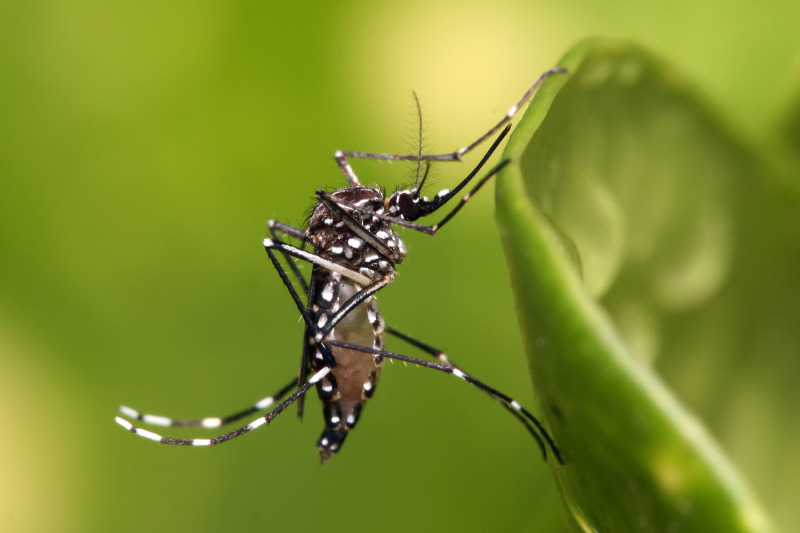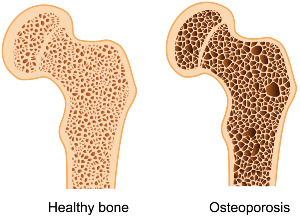The Mystery of Brain Fog and How to Beat It

by Niko Sayu, age 11
You’ve probably heard of it — brain fog. It’s often thought of as something that only affects older adults, but that is not the whole story.
Brain fog is a term for a large collection of symptoms that many people experience in their lifetime. For example, you could be working, exercising, or just relaxing, and then you get a strange feeling. You are tired, fatigued, forgetful, and possibly even dizzy. Sound familiar?
It is perfectly reasonable if brain fog is not the first thing that jumps to mind. After all, brain fog has recently been associated with long COVID and the aftereffects of anesthesia. There are many factors that can contribute to brain fog. A common factor is lack of sleep. This happens because sleep loss inhibits proper communication between brain cells. This, in turn, leads to side effects such as fatigue, exhaustion, confusion, and a slow thought process. This can be extremely dangerous depending on the individual’s performed task. Another cause of brain fog is dehydration. Dehydration lowers blood volume and reduces the amount of oxygen and electrolytes like sodium, potassium, and calcium in the body. [Read More]





